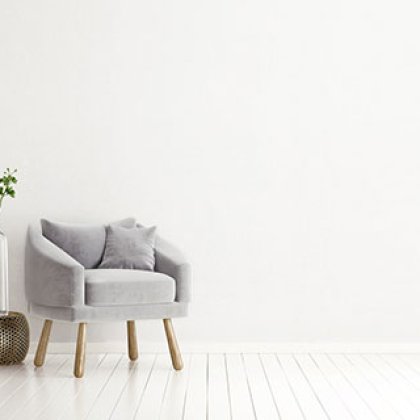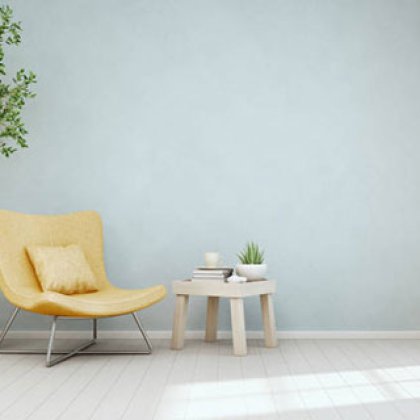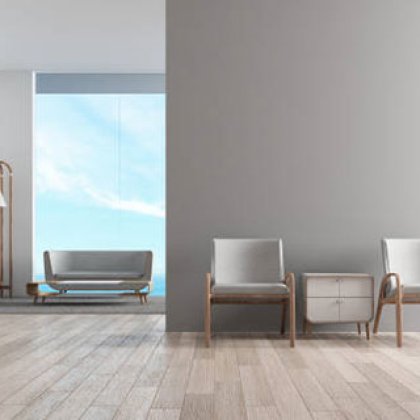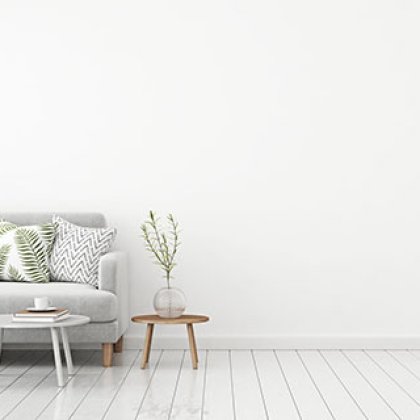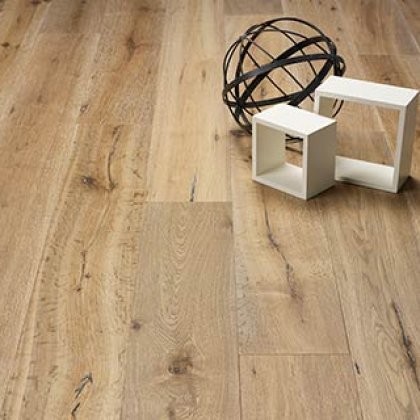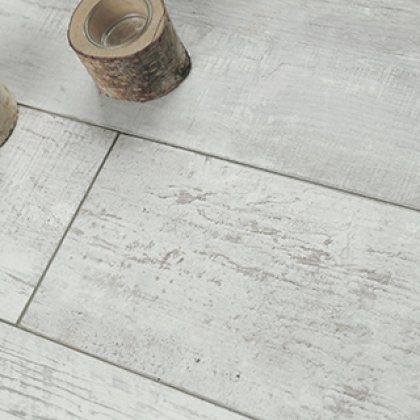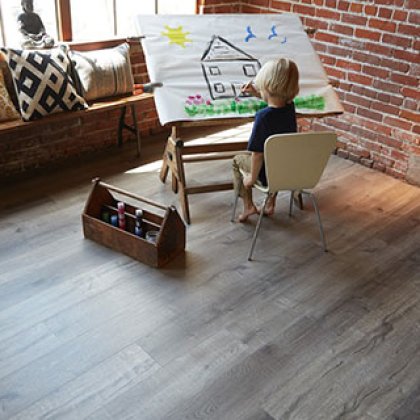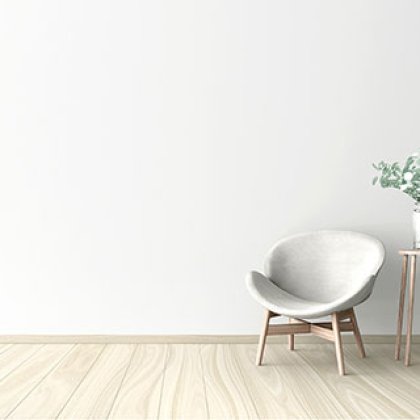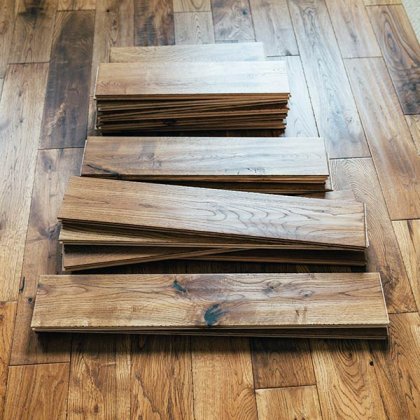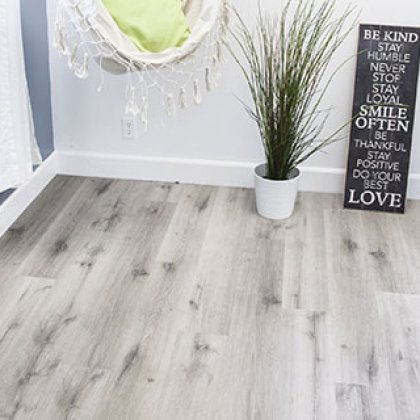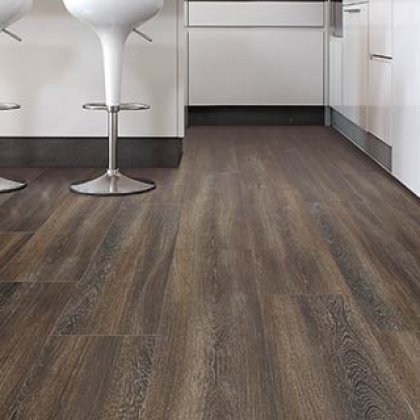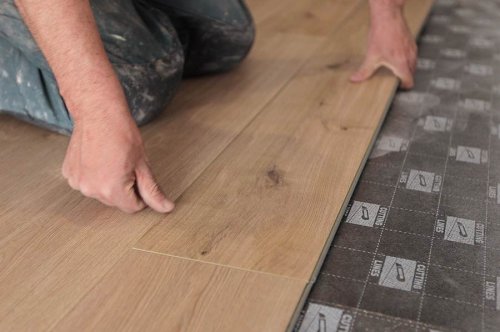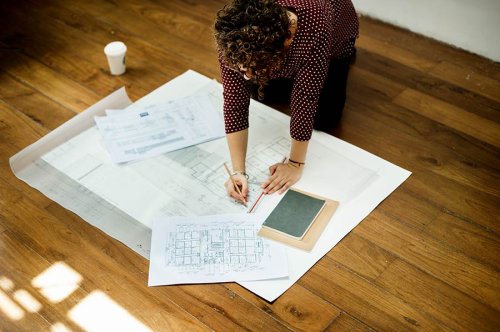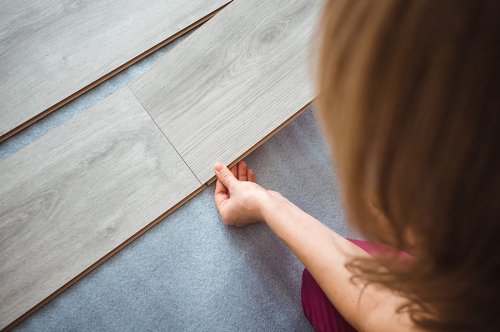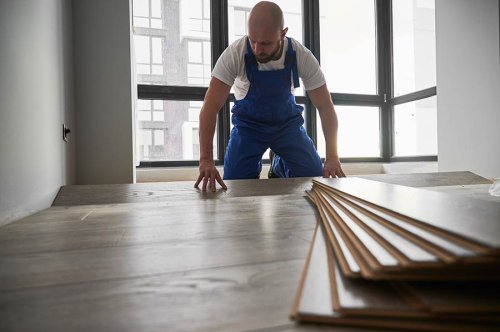Laminate vs Tile: Flooring Face-Off for Every Room
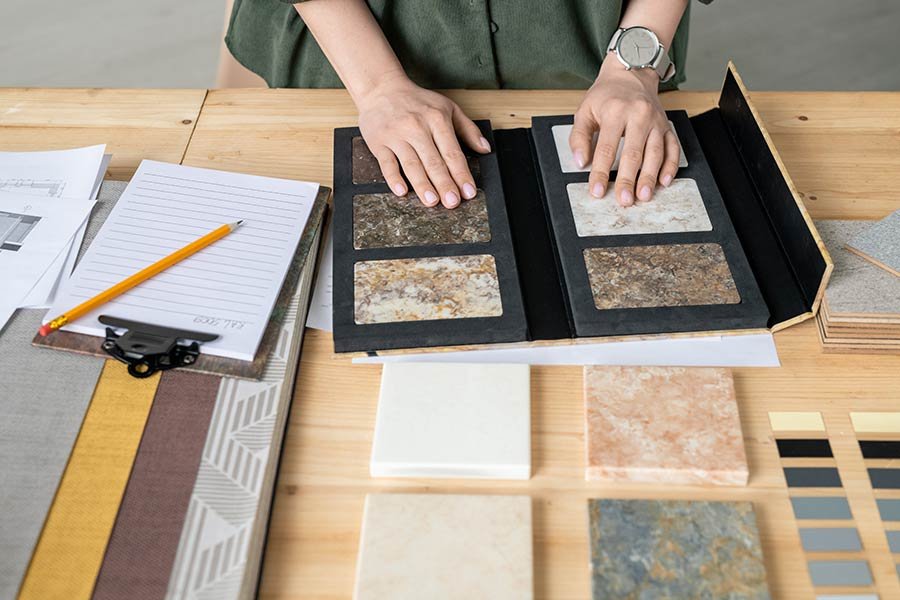
Choosing the right flooring is a big decision that can affect the look, feel, and functionality of your home. For years, homeowners have debated between laminate and tile flooring, each offering unique benefits and drawbacks. Laminate, known for its durability and cost-effectiveness, has been a go-to for those seeking a wood-like appearance without the hefty price tag. On the other hand, tile flooring, with its classic appeal and resistance to moisture, remains a favorite in kitchens and bathrooms. This post will dive into the key differences to help you make an informed choice for your space.
Key Takeaways
- Laminate flooring is great for budget-friendly projects and offers easy DIY installation.
- Tile flooring is best for areas with high moisture, like bathrooms and kitchens, due to its water resistance.
- When comparing pros and cons, consider laminate for comfort and warmth underfoot, and tile for durability and long-term value.
- Regular cleaning keeps both flooring types looking new, but tile may require resealing of grout lines.
- Choose laminate for bedrooms and living areas where comfort is key, and tile for entryways, kitchens, and bathrooms where moisture is common.
- Remember, the best choice depends on your specific needs, budget, and the room's function.
Overview of Laminate Flooring
Material Makeup
Laminate flooring consists of several layers. A tough wear layer protects it on top. Below that, a high-quality image layer gives it a unique look. The core layer is made from dense fiberboard. Lastly, a backing layer keeps it stable and prevents moisture damage.
This structure makes laminate strong against scratches and spills. It suits busy homes well.
Design Variety
Laminate flooring comes in many designs and styles. You can find options that mimic hardwood, stone, or tile. This means you can get the look you want without the high cost of real materials.
It's great for updating a room's look on a budget. You can choose from different colors, patterns, and textures.
Cost Benefits
Compared to other flooring options, laminate is more affordable. It offers the beauty of hardwood or stone at a fraction of the cost. Installation costs are lower too, since it's easier and quicker to install.
This makes laminate a smart choice for those wanting to save money but still get a stylish floor.
Overview of Tile Flooring
Materials Used
Tile flooring is made from various materials. The most common are ceramic and porcelain.
Ceramic tiles come from clay that is shaped and then baked. They are good for homes because they last a long time. Porcelain tiles are a type of ceramic but are made from finer clay and baked at higher temperatures. This makes them even more durable and resistant to water.
Durability
Tile floors are known for their long-lasting nature.
They do not wear out easily, even in busy areas of a home or office. Unlike laminate flooring, tile can handle water spills without damage. This makes them ideal for bathrooms and kitchens.
Water Resistance
One big advantage of tile over laminate is its resistance to water.
Tiles have a protective layer that keeps water out. This means they won't swell or warp when wet, unlike some laminate floors.
Colors and Patterns
Tiles offer a wide range of colors and patterns.
You can find tiles in almost any color. They also come in designs that mimic natural stone, wood, and even fabric. This variety lets you match your floor with your home's style easily.
Comparison of Pros and Cons
Cost Differences
Laminate flooring often costs less than tile. People choose it to save money. It looks like wood or stone but is cheaper.
Tile costs more because it lasts longer. It can handle water better. This makes it a good choice for bathrooms or kitchens.
Installation Ease
Installing laminate is easier. Many people do it themselves. It clicks together and lays over most floors.
Tile needs more tools and skills. You might need a professional. This can add to the cost.
Comfort and Warmth
Laminate feels warmer underfoot. It's softer, making it nicer to walk on in cold weather.
Tile feels cooler and harder. It's good in hot places but might need rugs in colder areas.
Maintenance and Longevity
Laminate Cleaning
Laminate floors are easy to clean. They need sweeping or vacuuming to remove dirt and dust. A damp mop works well for a deeper clean. Avoid too much water, as it can damage the laminate.
Laminate does not need special cleaners. This makes it a cost-effective choice for many homes.
Tile Maintenance
Tile flooring requires more maintenance than laminate. Grout lines between tiles can attract dirt and stains. They often need regular cleaning with a grout cleaner.
Tiles themselves are easy to wipe down. But, they may crack or chip and need replacing. This adds to the upkeep cost.
Lifespan Comparison
Laminate flooring usually lasts about 15 to 25 years. Its lifespan depends on the quality of the material and how well it is maintained.
Tile flooring, on the other hand, can last over 20 years. Some tile floors remain in good condition for 50 years or more if they're well cared for.
In comparison, tile floors have a longer lifespan than laminate. However, they require more maintenance to keep them looking their best.
Tiles are a durable option for areas with high traffic or moisture. Laminate works well in living spaces where comfort and ease of cleaning are priorities.
Both options have their benefits depending on your needs. Consider maintenance and longevity when choosing between laminate and tile flooring.
Best Flooring for Each Room
Living Rooms
Laminate flooring shines in living spaces. Its warmth and style make it a great choice for these areas. Laminate is also easier on the feet, making it comfortable for long periods of sitting or playing.
Living rooms often see a lot of foot traffic. Laminate can handle this well. It's durable and can look good as new with regular cleaning.
Bedrooms
In bedrooms, comfort and quiet are key. Laminate flooring offers both. It feels warm underfoot during cold mornings. Plus, it absorbs sound, keeping rooms peaceful.
Laminate comes in many designs. This means you can find the perfect match for your bedroom decor. It's also cost-effective, allowing for a stylish look without a high price tag.
Kitchens
Tile flooring is the top pick for kitchens. Kitchens need floors that handle spills and stains. Tile is water-resistant, making it ideal for such messes.
Tile's hard surface stands up to kitchen traffic. It's easy to clean, too. Spills can be wiped away quickly without leaving damage.
Bathrooms
In bathrooms, moisture is a big concern. Tile flooring excels here because it's water-resistant. This prevents mold and mildew growth, keeping the bathroom healthy and clean.
Tile offers safety with slip-resistant options. This is important in wet areas like bathrooms. Plus, its variety of styles can complement any bathroom design.
Choosing the right flooring depends on room use, moisture levels, and foot traffic. Laminate works best in living rooms and bedrooms for its comfort and style. Tile is better for kitchens and bathrooms due to its durability and water resistance.
Final Remarks
Choosing between laminate and tile flooring is all about matching your needs with the features of each option. We've walked through the basics, compared pros and cons, looked at maintenance and longevity, and even suggested what works best in each room. Now, it's clear: your choice hinges on your lifestyle, budget, and the look you're aiming for. Laminate offers warmth and a cost-effective solution, while tile brings unmatched durability and moisture resistance. Both have their place in creating a home that feels right for you.
Got questions or ready to decide? Reach out to a flooring expert or visit your local home improvement store. Dive deep into your options, keeping your specific needs in mind. Remember, the best choice is one that aligns with your daily life and brings comfort to your space. Happy flooring!
Frequently Asked Questions
What is the main difference between laminate and tile flooring?
Laminate flooring is made from composite wood pressed together at high temperatures, while tile flooring can be made from ceramics, porcelain, or natural stone. Laminate mimics the look of hardwood but at a lower cost, whereas tiles offer a wide range of designs and are known for their durability.
Which lasts longer, laminate or tile flooring?
Tile flooring generally lasts longer than laminate. With proper care, tile can last up to 50 years or more, while laminate floors have a lifespan of about 15-25 years.
Is laminate or tile flooring easier to maintain?
Laminate flooring is easier to maintain as it requires regular sweeping and occasional mopping. Tile floors may need special cleaners to keep the grout clean and might require resealing over time.
Can laminate flooring be used in bathrooms?
It's not recommended to use standard laminate flooring in bathrooms due to its susceptibility to moisture damage. Waterproof laminate options are available but tile flooring remains the better choice for wet areas due to its water resistance.
Which flooring is better for kitchens, laminate or tile?
Tile flooring is often preferred for kitchens due to its durability and water resistance. However, laminate can be a good choice if you're looking for a warmer, softer surface underfoot and a more cost-effective option.
How do I decide between laminate and tile flooring for my home?
Consider factors like your budget, the room’s exposure to moisture, your desired aesthetic, and how much wear and tear the floor will need to withstand. Tile is great for high-moisture areas and offers longevity, while laminate provides a cost-effective alternative with a wide range of styles.

